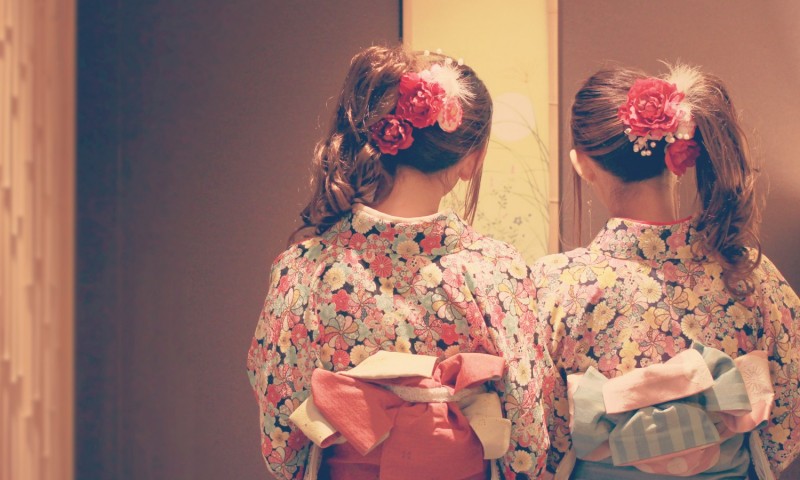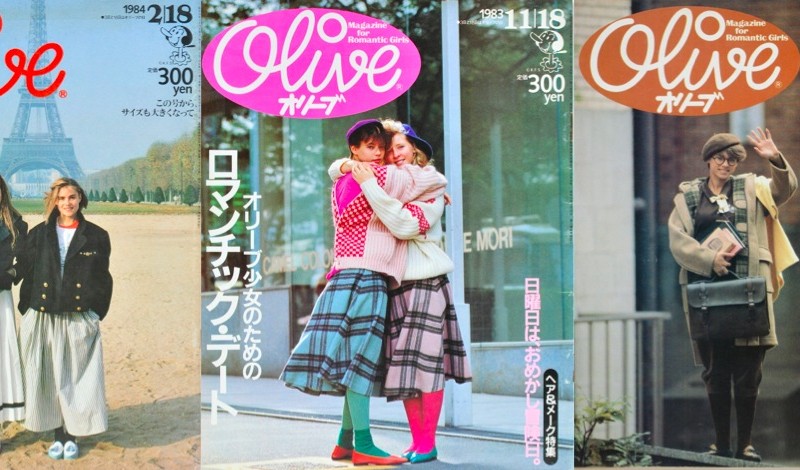
The Magazine “Olive” Made Japanese Girls Aware of The Rare Value of Girlhood and Maid...
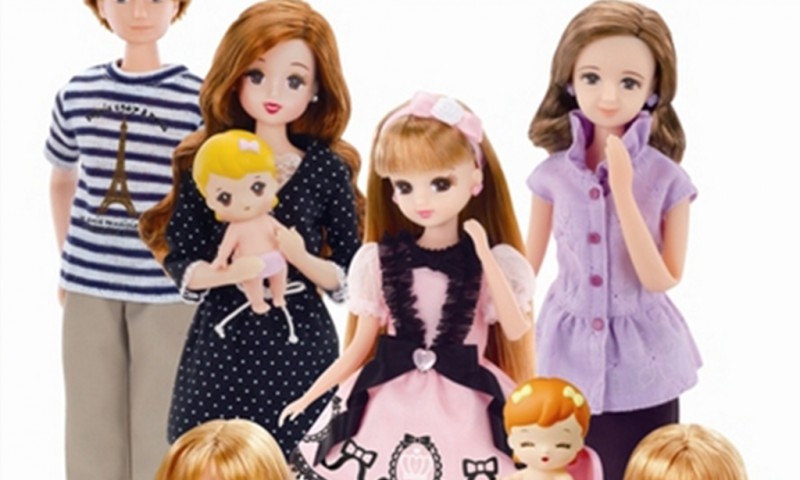
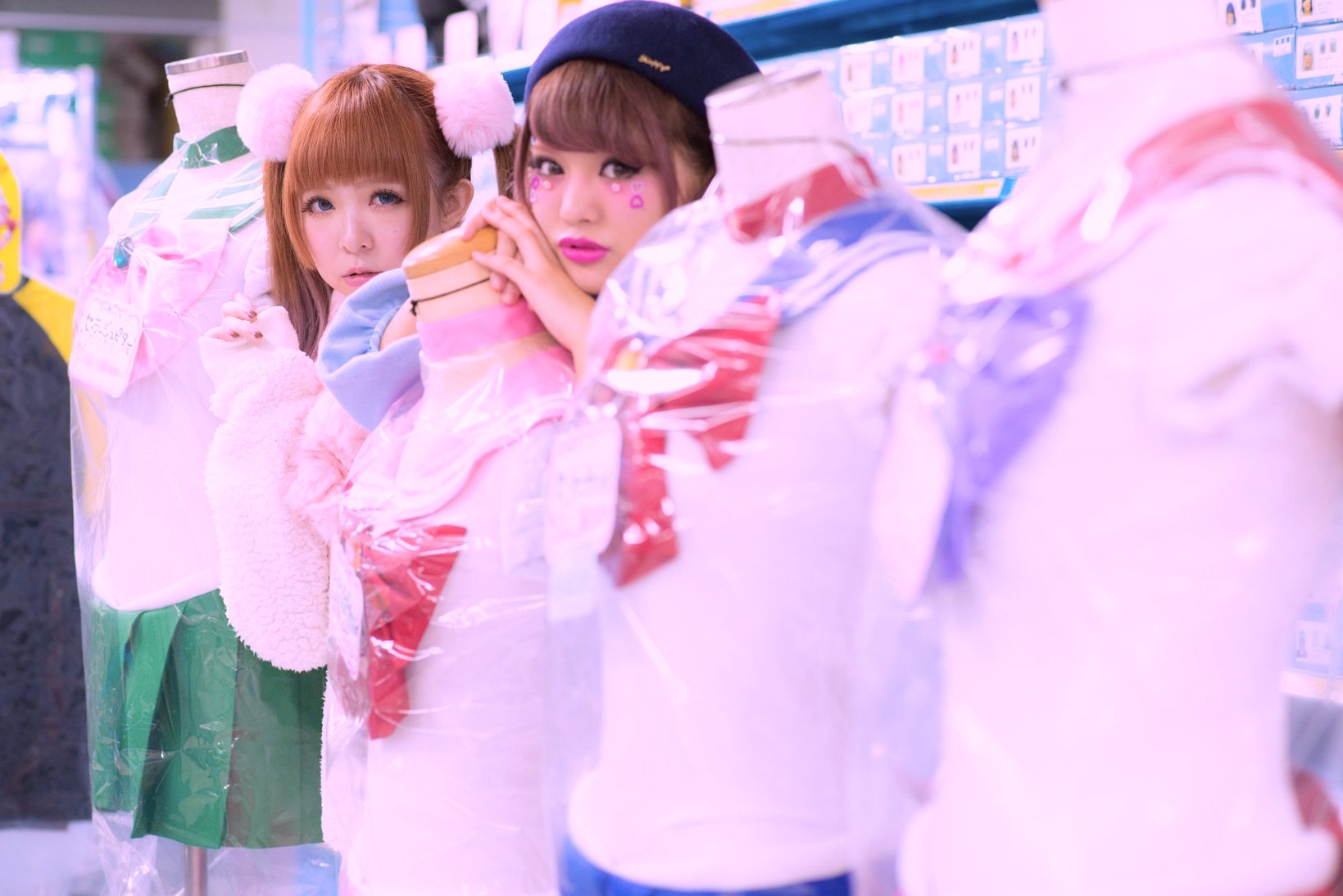
Sponsored Links
Where did “kawaii” originate from?
During the last piece I wrote about the need to update the concept of “kawaii”, and began to sketch out a simple model. But this rough model isn’t enough to zero in on its exact nature. In order to explore what “kawaii” is, we have to find out about its past, or in other words, its origin. So where exactly did “kawaii” come from?
「かわいい」はどこからやってきたのだろう。
前回、私は「かわいい」の概念をアップデートする必要性について書き、手始めにその現代における見取り図を、簡単にではあるけど描いた。しかし、「かわいい」の正体に迫るためには、それだけではもちろん不十分だ。「かわいい」とは何かを探るためには、「かわいい」の過去の姿、つまり、起源について知らなければならない。「かわいい」は一体、どこからやってきたのだろうか。
In critic Inuhiko Yomota’s “Kawaii Theory”, which we previous cited, the origin of the word “cute” was analyzed in detail. According to Yomota, more than 1,000 years ago, the words “kawayushi” and “kaohayushi” were used. “Kawayushi” means “so pitiable one can’t stand it”. “Kaohayushi” is used similarly, to describe when “your face feels hot from embarrassment” or “when you feel guilty and your face turns red”. In either case, these words are associated with a negative image, and in no way the same as the present word “kawaii” to describe something small or childish.
批評家の四方田犬彦は前回引用した『「かわいい」論』のなかで、「かわいい」の語源についてくわしく分析している。四方田によれば、それは今から1000年以上前には、「かはゆし(kawayushi)」や「かほはゆし(kaohayushi)」という単語として使われていたという。「かはゆし」とは、「かわいそうで見ていられない」という意味だ。「かほはゆし」も同じような使われ方をしていて、それは「恥ずかしくて顔がほてる」ことや「心が咎めて顔が赤くなる」ということを意味した。いずれにせよ、これらはネガティブなイメージを持つ単語であって、決して、現代の「かわいい」に通じるような、何か小さいものや幼いものを肯定するような意味で使われてはいなかった。
Yomota pointed out that the word “utsukushi”, similar to the meaning of “kawaii” as we know it today, was used during the Heian Period (794 – 1185). To illustrate this, here’s a passage from The Pillow Book (Makura no Soshi), typically used an example of this era, and Japan’s most famous classical literature essay.
四方田は、現代の「かわいい」と同じような意味を持つ言葉として、平安時代(794年 – 1185年)には「うつくし」が使われていたことを指摘している。そして、その代表的な使用例としてこの時代に書かれたとされる、日本の古典文学のなかでも最も有名なエッセイ『枕草子』の次の一節をあげている。
*Adorable Things. (Utsukushiki mono)
The face of a child drawn on a melon.
A baby sparrow that comes hopping up when one imitates the squeak of a mouse; or again, when one has tied it with a thread round its leg and its parents brings insects or worms and pop them in its mouth – delightful!
A baby of two or so is crawling rapidly along the ground. With his sharp eyes he catches sight of a tiny object and, picking it up with his pretty little fingers, takes it to show to a grown-up person.
A child, whose hair has been cut like a nun’s, is examining something; the hair falls over his eyes, but instead of brushing it away he holds his head to the side.
(Quoted from The pillow book of Sei Shonagon / translated and edited by Ivan Morris. )
*The author thinks the word “Utsukushiki” should have been translated into Pretty or Cute, not Adorable.
「うつくしきもの。瓜にかぎたるちごの顔。すずめの子の、ねず鳴きするに踊り来る。二つ三つばかりなるちごの、急ぎてはひくる道に、いと小さきちりのありけるを目ざとに見つけて、いとをかしげなる指にとらへて、大人などに見せたる。いとうつくし。頭は尼そぎなるちごの、目に髪のおほえるをかきはやらで、うちかたぶきてものなど見たるも、うつくし。 」
Here Sei Shonagon, the author, when she writes “the small face of a child drawn on a melon” and “a baby sparrow that comes hopping up when one imitates a mouse squeaking”, or “a baby around two years of age, finding a tiny object and picking it up with his small fingers and showing it to a grown-up” and “a child with a bowl cut, who holds his head sideways instead of brushing the bangs in his eyes away”, is referring to things that are “cute/adorable”, or “kawaii”.
ここで作者の清少納言は「瓜に描いた小さな子の顔」や「人がネズミの鳴きマネをすると、スズメの子がちょこちょこやってくること」、「2歳くらいの赤ちゃんがホコリを見つけて小さな指でつまんで大人に見せてくること」、それから「おかっぱ頭の子供が目にかかる前髪を手で払わないで、ちょっと頭を斜めにして見ていること」をまとめて、「かわいい」と言っている。
The use of the word “utsukushi” in The Pillow Book is almost the same as the way “kawaii” is used today. In other words, it was used to describe things that were small, young, or immature. In this sense, I agree with Inuhiko Yomota that this is where “kawaii” originated.
『枕草子』のなかでの「うつくし」の使われ方は、近代以降の「かわいい」とだいたい同じである。つまり、何か小さくて幼いもの、未成熟なものを肯定する言葉として使用されているのだ。だから、四方田犬彦がここに「かわいい」の起源を見出すのも納得できる。
However, it made me wonder if The Pillow Book was the first form of literature to use the word “utsukushi” to mean “kawaii”. And actually, it wasn’t. It first appeared in Japan’s oldest tale, “The Tale of the Bamboo Cutter”(Taketori Monogatari). In this story, which is part of the legend of Princess Kaguya, and begins with a cute girl of about nine centimeters appearing out of some bamboo that an old man was cutting one day. I recommend looking up the story somewhere like Wikipedia, where the girl in the story is described as being “ito utsukushi”, or “very cute”. This was the original model for “kawaii”, and following this model all the way up until the present, you could say it affirms the origin for the unique Japanese appreciation for small and immature things.
だけど、果たして、この「うつくし」を「かわいい」の意味で使った文学は『枕草子』が最初だろうか。実はそうではない。それは、日本人だったら誰でも知っている、日本の最古の物語、『竹取物語』のなかで初めて使われているのである。「かぐや姫」伝説として知られるこの物語は、ある日、おじいさんが竹を切っていると竹の中から9センチほどのかわいらしい女の子が出てきた、という場面から始まる。詳しいストーリーはぜひウィキペディアか何かで調べてほしいが、この女の子のことを語り手は「いとうつくし」、つまり、「とてもかわいい」と表現する。これこそが「かわいい」のいにしえの姿であり、近代までずっと続いてきた、小さくて未成熟なものを肯定する日本独特の感性の起源だといっていいだろう。
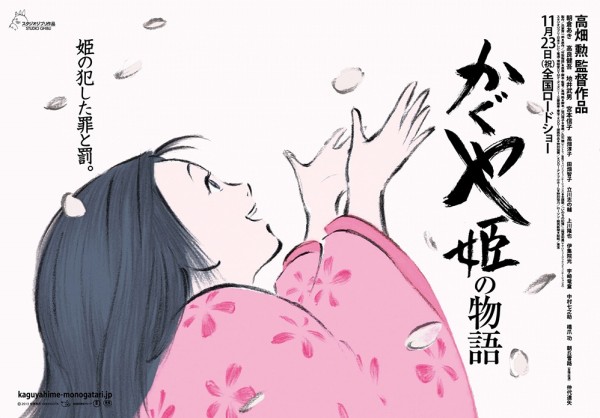
“Kaguya Hime” film 2013, animated and produced by Studio Ghibli
So what can we learn from this? We can now see that Princess Kaguya, the nine-centimeter girl from Japan’s oldest tale, Pokemon and Hello Kitty, and various other anime characters, are all characters born from this sense of appreciation, and are of the same lineage. And at some point miniaturized, unrealistic things began to be referred to as “kawaii”, instead of realistic, life-size things. This is represented by a deeply rooted sense of appreciation of the ancient Japanese spirit.
ここからわかるのは何か。それは、日本最古の物語の主人公である9センチの少女「かぐや姫」と、ポケモンやハローキティ、それから様々なアニメキャラクターたちは、この感性が産み出したキャラクターとして全て同じ系譜にいるということだ。等身大でリアルな造形ではなく、ミニチュア化した、どこか非現実的なものを「かわいい」と呼ぶこと。それは、古くから日本人の精神に深く根ざした感性に裏打ちされた表現なのだ。
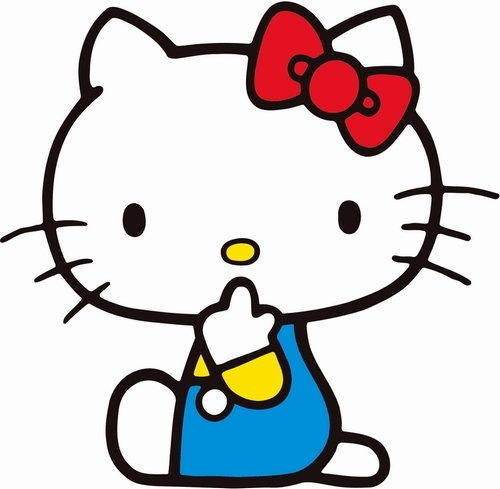
Hello Kitty
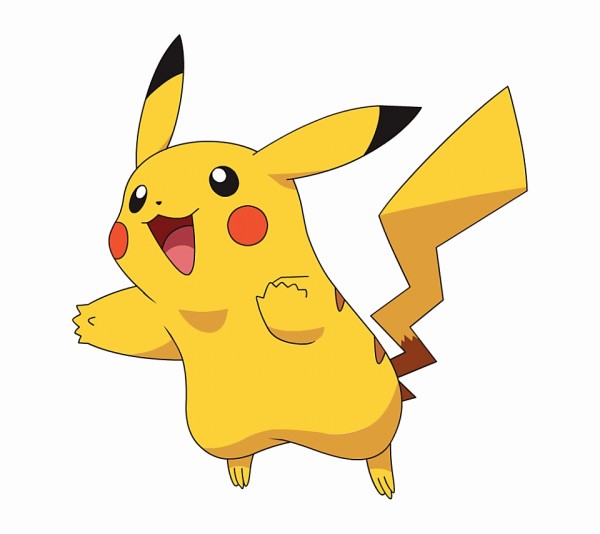
Pokemon (Pikachu)
At the origin of the phenomenon of small and immature things miniaturized, referred to as “kawaii”, and spread as global content, and the origin of the phenomenon of creating “kawaii” characters, is Princess Kaguya. In this series exploring the exact nature of “kawaii”, this is very important and something we’ll be revisiting several times. Princess Kaguya, who was described as “very cute”, was the first of the first generation of characters representing “kawaii” culture.
グローバルコンテンツとして流通するようになるミニチュア化した、小さくて未成熟なものを「かわいい」とよぶ現象の起源、そしてその現象の中で生み出される「かわいい」キャラクターの元祖に、「かぐや姫」がいる。このことは「かわいい」の正体を探るこの連載で、とても重要なことなので何度でも言いたい。「いとうつくし」と表現された「かぐや姫」こそが、初代「かわいい」文化を代表するキャラクターだったのである。
On another note, the word “utsukushi” transformed into the word “utsukushii”, which means “beautiful” in English, and has became the term used to praise life-size, realistic things for their prettiness. At the same time, the positive concept of “kawaii” completely separated itself from the word “utsukushi”, absorbing the previously associated negative “so pitiable one can’t stand it” connotation of “kaohayushi” and “kawayushi”, and wiping out its negative image. Inuhiko Yomota notes that this change became visible roughly around the Muromachi Period (1336 – 1573), and at that time, a paradigm shift occurred where things previously viewed in a negative light were seen in reverse.
ちなみにいうと、この「うつくし」はやがて「美しい」という言葉に姿を変えていき、英語でいう「ビューティフル」、つまり、等身大かつリアルで綺麗な造形をしたものを褒めるための表現になってしまった。同時に、「かわいい」というポジティブな概念は、「うつくし」という言葉のなかからすっぽりと抜け出し、かつて「かわいそうで見ていられない」というネガティブな意味を持っていた単語である「かほはゆし」や「かはゆし」に吸収されていった。そして「かほはゆし」や「かはゆし」という言葉の持つマイナスイメージを払拭していったのだ。その変化を四方田犬彦はだいたい室町時代(1336年 – 1573年)に発生したことと見ているが、そのとき、これまで否定的に見ていたものを逆に肯定するというパラダイムチェンジが起きたのである。
And gradually from there the word “kawaii”, which was first seen as a weakness, or what we might feel sympathy for, began to take on positive strength. Then in the 20 century, the word “kawaii” became strongly linked with subculture in particular, and which was the basis for the “kawaii” phenomenon. However, at the same time, as modern times approached, the word took on a different negative nuance. In the next edition of this series, I’d like to explore the word “kawaii” as one that dominated men and women in the 20th century, and how it developed that way.
こうしてだんだんと「かわいい」という言葉に、一見すると弱々しかったり、同情を呼んだりするようなものを積極的に褒める力が宿るようになった。そしてそれが20世紀、とくに「かわいい」という言葉とサブカルチャーが強く結び付くようになって以降の、「かわいい」現象のベースとなったのである。だが、それは同時に、近代の到来とともに、また別のネガティブなニュアンスを持っていくようになってしまう。次回は「かわいい」が20世紀になって、男性が女性を支配するための言葉となる、その過程を考えてみたい。
Sponsored Links
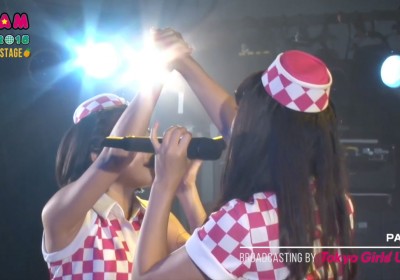
@JAM EXPO 2015 Pineapple Stage : PASSPO☆
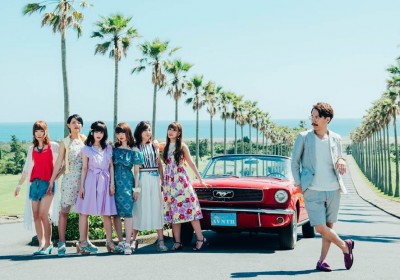
8th Wave of Tokyo Idol Festival 2016 Performers Announced!!


